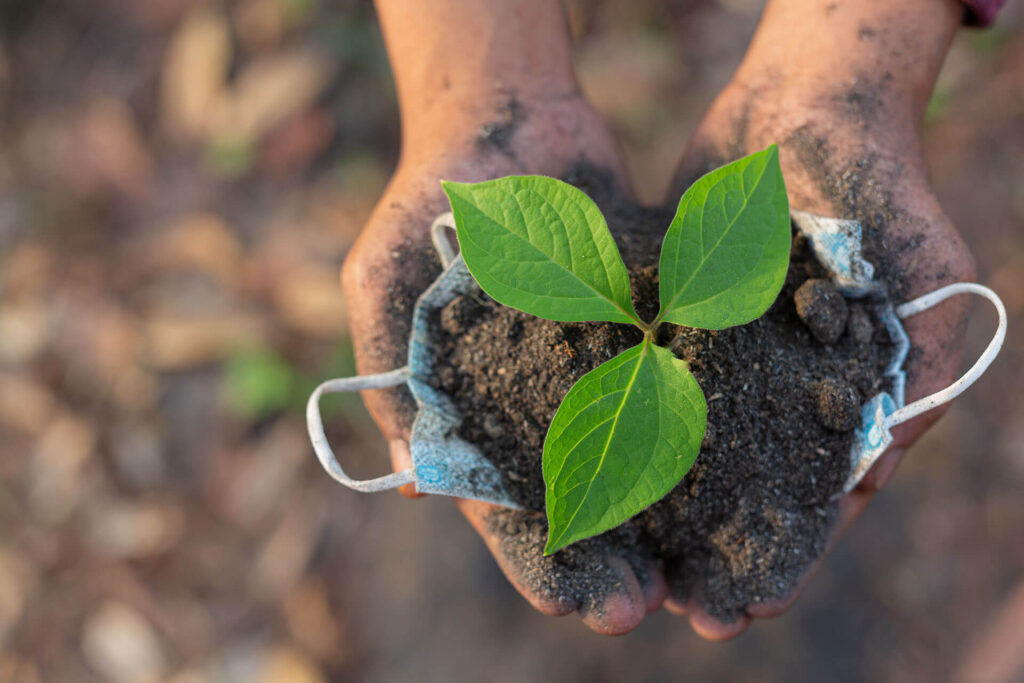Smart Energy Management

How to save the world's forests with carbon credits
Forests play a crucial role in mitigating climate change by absorbing and storing carbon dioxide, a major greenhouse gas. Carbon credits, also known as carbon offsets, offer a strategy to support forest conservation while reducing overall carbon emissions. Here's how to save the world's forests using carbon credits:
Understanding Carbon Credits:
Carbon credits are a market-based mechanism that allows individuals, companies, and governments to invest in projects that reduce or capture carbon emissions. Each credit represents one ton of carbon dioxide equivalent (CO2e) that has been prevented from entering the atmosphere.


Forest Conservation Projects
Investing in forest conservation projects is a powerful way to protect existing forests and prevent deforestation. These projects aim to prevent logging, illegal land conversion, and habitat destruction. By funding such projects, you help maintain the forest's carbon-sequestering capacity and preserve its biodiversity.
1. Understanding Carbon Credits: Carbon credits are a market-based mechanism that allows individuals, companies, and governments to invest in projects that reduce or capture carbon emissions. Each credit represents one ton of carbon dioxide equivalent (CO2e) that has been prevented from entering the atmosphere.
2. Forest Conservation Projects: Investing in forest conservation projects is a powerful way to protect existing forests and prevent deforestation. These projects aim to prevent logging, illegal land conversion, and habitat destruction. By funding such projects, you help maintain the forest's carbon-sequestering capacity and preserve its biodiversity.
3. Afforestation and Reforestation: Carbon credits can also be earned through afforestation (planting trees on previously unused land) and reforestation (replanting trees in deforested areas). These activities create new carbon sinks, capturing and storing carbon as trees grow. They can transform degraded land into thriving ecosystems.
4. REDD+ Initiatives: REDD+ (Reducing Emissions from Deforestation and Forest Degradation) is a global effort to incentivize developing countries to reduce forest-related emissions. It involves financial compensation for avoiding deforestation and promoting sustainable land-use practices. By supporting REDD+ projects, carbon credits are generated, protecting vital forests.
5. Carbon Credit Purchases: Individuals, companies, and governments can purchase carbon credits from certified projects around the world. The funds generated are reinvested in activities that preserve or restore forests. These projects are often verified by third-party organizations to ensure their effectiveness and adherence to established standards.
6. Impact Measurement and Monitoring: Transparent reporting and monitoring are essential to ensure the legitimacy and effectiveness of carbon credit projects. Reliable data collection verifies that the promised emissions reductions are achieved and that the forest conservation efforts are ongoing.
7. Choosing Reputable Projects: It's crucial to select carbon credit projects that adhere to recognized standards, such as the Verified Carbon Standard (VCS), the Climate, Community, and Biodiversity Standards (CCB), and the Gold Standard. These standards ensure that projects have a genuine positive impact on both carbon reduction and local communities.
8. Public Awareness and Education: Raising awareness about the importance of forests and carbon credits is key to driving more participation and investment in these initiatives. Educating the public about the benefits of carbon credits and their role in preserving forests and combating climate change can lead to broader support.
9. Advocacy and Policy Support: Advocate for policies that promote forest conservation and carbon credit programs at local, national, and international levels. Encourage governments and institutions to adopt policies that encourage the use of carbon credits to incentivize forest protection.
10. Holistic Approach: While carbon credits can contribute significantly to forest conservation, they should be part of a broader strategy that includes sustainable development, community engagement, and efforts to reduce overall carbon emissions.
Saving the world's forests through carbon credits is a multifaceted endeavor that requires collaboration among governments, businesses, communities, and individuals. By investing in carbon credit projects, you can play a direct role in preserving these vital ecosystems and mitigating the impacts of climate change.

